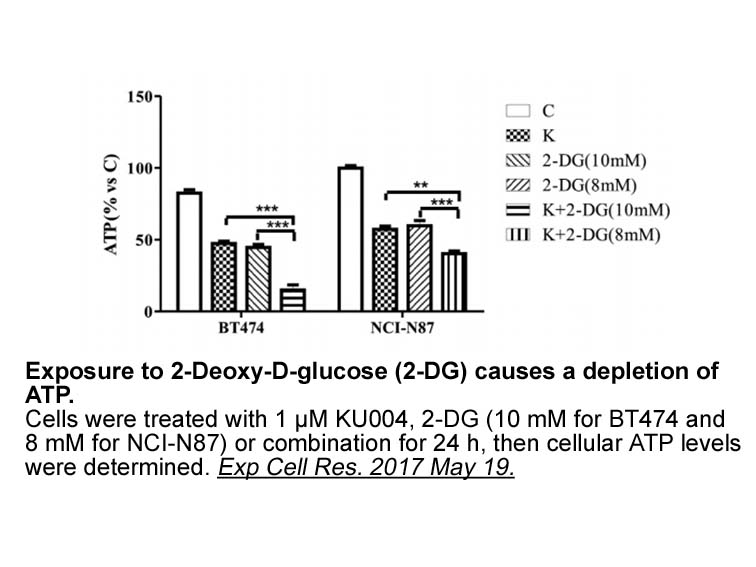Archives
There are several studies on the link between
There are several studies on the link between allergic disorders and FMS in current literature. Tuncer et al found higher rates of allergic disorders such as allergic rhinitis, atopic dermatitis, asthma, allergic conjunctivitis, and eruptions related to drugs and food in FMS patients. We found no increase in allergic disorders in FMS patients in our study. The role of mast why not in FMS pathogenesis is still not clear although increased numbers of mast cells have been shown in FMS patients and the concurrence of chronic urticaria and FMS has been reported.
FMS has been reported at rates of 9.7%, 23%, 26%, and 70.6% in chronic urticaria patients. It has been speculated that the neuropeptides secreted from the dysfunctional nerve endings could cause vasodilation, plasma extravasation, and mast cell degranulation in the dermal vessels. It is suggested that the reason for the high FMS rate in chronic urticaria patients in these studies could be related to neurogenic inflammation and autoimmunity. The urticaria incidence was 3% in FMS patients and 1% in the control group while dermographism was positive at a rate of 30.5% in FMS patients and 8% in the control group. The low incidence of chronic urticaria in FMS patients despite the high rate of dermographism suggests that there is an increase in the number of mast cells but this is not reflected in the clinical findings. A study by Ang et al on the effect of the mast cell stabilizer ketotifen on FMS symptoms has shown no statistically significant difference between placebo and ketotifen (4 mg/d). We believe further clinicopathological studies are needed to clarify the relationship between FMS and urticaria or allergic disorders.
The FMS syndrome is known to cause functional disability and have a negative effect on the patient\'s quality of life. Salaffi et al found that the SF-36 physical component is related to widespread pain, educational level, and body mass index while the mental component is associated with widespread pain, sleep abnormalities, fatigue, age, and low educational level in FMS patients.
While we expected to find that the presence of a dermatologic disorder and cutaneous symptoms in FMS patients would create a significant change in the SF-36 scores, in the current study it did not. This result as similar to the findings of a study carried out by Doğramacı and Yalcinkaya. These results indicate that widespread and chronic pain, sleep abnormalities, and chronic fatigue affect the quality of life in FMS patients more than the accompanying dermatologic problems.
Introduction
Psoriasis is a common chronic inflammatory skin disease characterized by erythematous plaq ues with silvery scales that affects up to 2–3% of the general population. The pathogenesis of psoriasis includes increased T-lymphocyte activity with auto- or superantigen presentation, and keratinocyte hyperproliferation due to the release of cytokines and chemokines from activated T lymphocytes. Recent researches have shown that chronic and systemic inflammation plays a major role in the development of atherosclerosis. Depends on systemic inflammation in psoriasis, overproduction of cytokines including tumor necrosis factor-alpha (TNF-α), which lead to insulin resistance, development of Type 2 diabetes mellitus, intimal proliferation, atherosclerosis, and nonalcoholic fatty liver disease (NAFLD).
Patients with psoriasis may have an increased risk of heart disease, which would represent an important and previously unidentified cause of morbidity and mortality. Inflammation and the accompanying elevation in the homocysteine and C-reactive protein levels, the increased platelet activation, and cytokine imbalance between coagulation and fibrinolysis seem to be responsible for this relationship in psoriasis. Prevention requires early identification of individuals at risk of developing cardiovascular disease but are still clinically asymptomatic, so that intensive preventive therapies can be applied to slow or stop the progression of disease.
ues with silvery scales that affects up to 2–3% of the general population. The pathogenesis of psoriasis includes increased T-lymphocyte activity with auto- or superantigen presentation, and keratinocyte hyperproliferation due to the release of cytokines and chemokines from activated T lymphocytes. Recent researches have shown that chronic and systemic inflammation plays a major role in the development of atherosclerosis. Depends on systemic inflammation in psoriasis, overproduction of cytokines including tumor necrosis factor-alpha (TNF-α), which lead to insulin resistance, development of Type 2 diabetes mellitus, intimal proliferation, atherosclerosis, and nonalcoholic fatty liver disease (NAFLD).
Patients with psoriasis may have an increased risk of heart disease, which would represent an important and previously unidentified cause of morbidity and mortality. Inflammation and the accompanying elevation in the homocysteine and C-reactive protein levels, the increased platelet activation, and cytokine imbalance between coagulation and fibrinolysis seem to be responsible for this relationship in psoriasis. Prevention requires early identification of individuals at risk of developing cardiovascular disease but are still clinically asymptomatic, so that intensive preventive therapies can be applied to slow or stop the progression of disease.